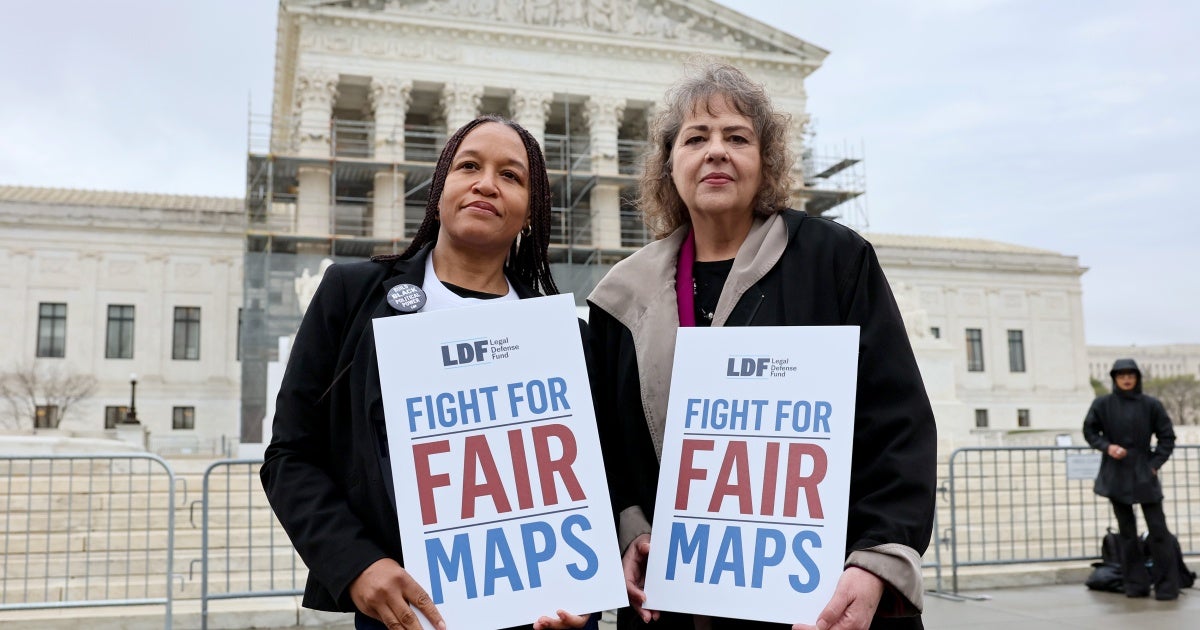On October 15, the Supreme Court will rehear Louisiana v. Callais, which could determine whether Black voters have a meaningful chance at equal representation in Congress. The question before the court is a crucial one: does creating majority-Black districts to comply with the Voting Rights Act amount to unconstitutional racial discrimination?
In 2022, Louisiana lawmakers drew a congressional map that gave Black voters—one-third of the state’s population—a realistic shot at electing a member of Congress in only one of six districts. Federal courts ruled that this violated the Voting Rights Act, which outlaws voting practices that discriminate based on race. The legislature then created a second majority-Black district linking the cities of Baton Rouge and Shreveport. For the first time in decades, the state’s political map reflected its demographics.
A group of white voters sued, claiming the remedy itself was discriminatory. A divided federal court agreed, finding lawmakers gave race too much weight. Now the Supreme Court must decide whether intentionally creating a district where Black voters can elect their preferred candidates violates the constitution, though Congress endorsed this remedy in 1965.
The challengers’ logic is upside down. But these attempts to undermine anti-racist efforts are not new. Legal experts warn Callais could become a sequel to Shelby County v. Holder, the 2013 decision that gutted key Voting Rights Act provisions and unleashed widespread voter suppression. If the court narrows this provision again, challenging racially skewed maps will become nearly impossible.
A constitutional scholar, Erwin Chemerinsky, cautions that the court could go even further, undermining the principle of disparate impact, the idea that policies can be discriminatory when they disproportionately harm people of color, even without overt racist intent. This idea, used to enforce equal rights in housing, education, and employment for decades, helps bring the United States into better alignment with international human rights law.
The United States enacted the 14th and 15th Amendments to protect Black Americans from the kind of exclusion represented by racial gerrymandering. Black civil rights activists later won the Voting Rights Act, which has made those constitutional guarantees real for 60 years. Using these tools to dismantle race-conscious remedies would directly oppose the protections’ original intent, a factor some justices claim to prioritize.



